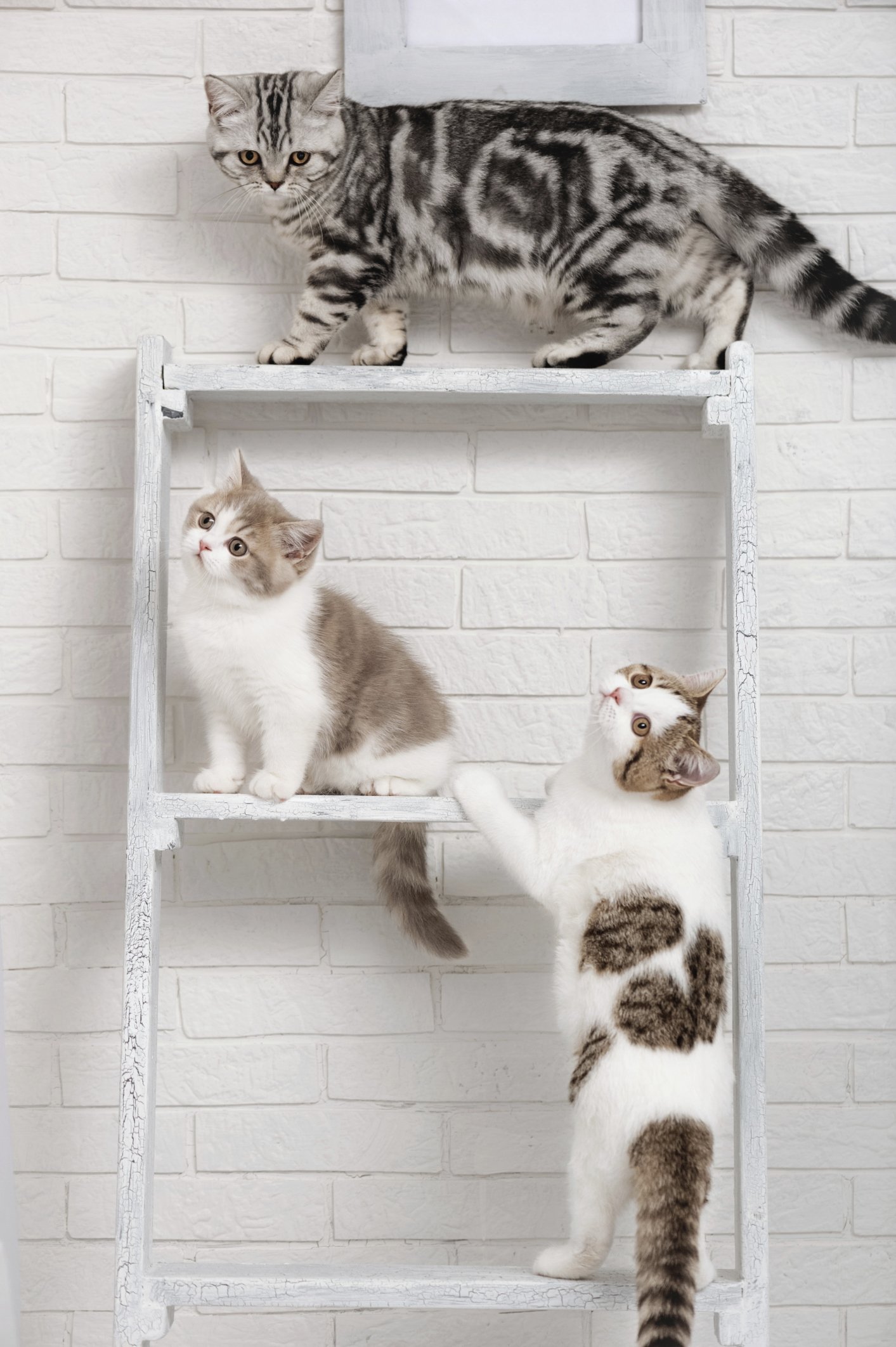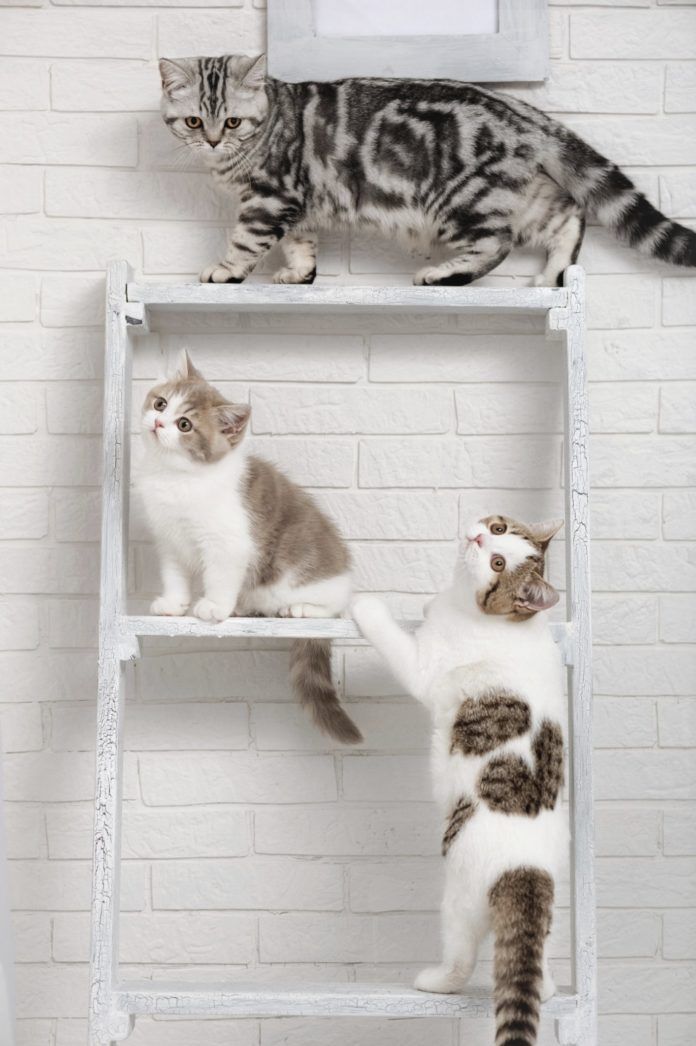“Personally, I don’t understand why people would want to keep a cat off a counter,” says Nicholas H. Dodman, BVMS, professor of Behavior Pharmacology and Animal Behavior at Tufts Cummings School of Veterinary Medicine. Like his colleague Dr. Borns-Weil, DVM, Dr. Dodman believes that humans need to understand a cat’s biologically-based need to get to high places. The difference is that he thinks that once we understand that, we’ll also want to let our cats express their biology freely.
“Cats are three-dimensional creatures,” explains Dr. Dodman, who is board-certified by the American College of Veterinary Behavior. Horses and cows may be fine staying on a flat plane, but not cats. “They are climbing animals. They go up in branches, up in trees. That natural behavior should be catered to by an owner — unless he or she wants a neurotic cat.”
THINKSTOCK


He believes that we should adjust our environment to our cats, rather than vice-versa. “Make sure they have access to elevated spaces,” he says. He suggests window inserts, carpeted cat posts with different climbing levels, ladders on bookcases, even plate-like cat shelves where cats can sit. “The way to keep a cat happy is simply to make the house as cat-friendly as possible. My cat sits on a book counter, jumps from the balcony to the bookcase and nests there, happily looking down at the television.”
Trying to keep your cat off surfaces can make your cat anxious and harm your relationship, he believes. “If you yell at your cat, push it off the counter, set booby traps or use electronic shocks, you could end up making your cat bitter and anxious,” he says. “I actually feed my cat on the counter. I have dogs also, so I’ve fed my cat on my counter, where I also prepare food, for 25 years. It hasn’t been a problem. When I’m about to cook dinner, I’ll clean the counter tops.”




